Tips for Lifestyle Portrait Photography: Capturing Authentic Stories
Lifestyle portrait photography is more than just capturing a person’s face; it’s about telling a story and showcasing real-life moments. Unlike studio portraits, lifestyle photography often involves the subject in their natural environment, engaged in genuine activities that reflect their personality and way of life.
This genre of photography emphasizes authenticity and emotional depth. It’s about capturing the little moments that make life unique—whether it’s a child playing in a park, a couple enjoying a quiet morning at home, or an artist at work in their studio.
This blog will guide you through essential tips for excelling in lifestyle portrait photography, from planning your shoot to post-processing techniques. By the end, you’ll have the tools to create compelling portraits that resonate with viewers and your subjects alike.
1. The Essence of Lifestyle Portrait Photography
Understanding the purpose and philosophy behind lifestyle photography is crucial to mastering the genre.
1.1 Authenticity Over Perfection
Lifestyle photography celebrates real-life moments rather than staged perfection. Your goal is to capture the subject’s true self in an environment that feels natural to them.
1.2 Storytelling Through Imagery
Every lifestyle portrait should tell a story. What is the subject doing? What emotions are they expressing? How does the setting contribute to the narrative?
1.3 Blending Candid and Directed Shots
While lifestyle photography thrives on candid moments, some gentle direction can help subjects feel at ease and lead to more balanced compositions.
2. Preparing for a Lifestyle Portrait Session
Proper preparation ensures a smooth and successful shoot, allowing you to focus on capturing authentic moments.
2.1 Understanding Your Subject
- Communicate in Advance: Get to know your subject’s personality, interests, and comfort level in front of the camera.
- Identify Key Moments: Discuss specific activities or scenarios they’d like to include, such as cooking, playing with their pets, or gardening.
2.2 Choosing the Right Location
- At Home: A subject’s home offers a comfortable and personal setting that reflects their lifestyle.
- Outdoor Spaces: Parks, cafes, or streets can add vibrancy and spontaneity to your shots.
- Workspaces or Hobbies: Capture your subject in their creative element, such as a studio or workshop.
2.3 Wardrobe and Props
- Clothing: Suggest outfits that match the theme and setting. Avoid overly formal attire unless it suits the story.
- Props: Use meaningful objects, like books, instruments, or family heirlooms, to add depth and context to your portraits.
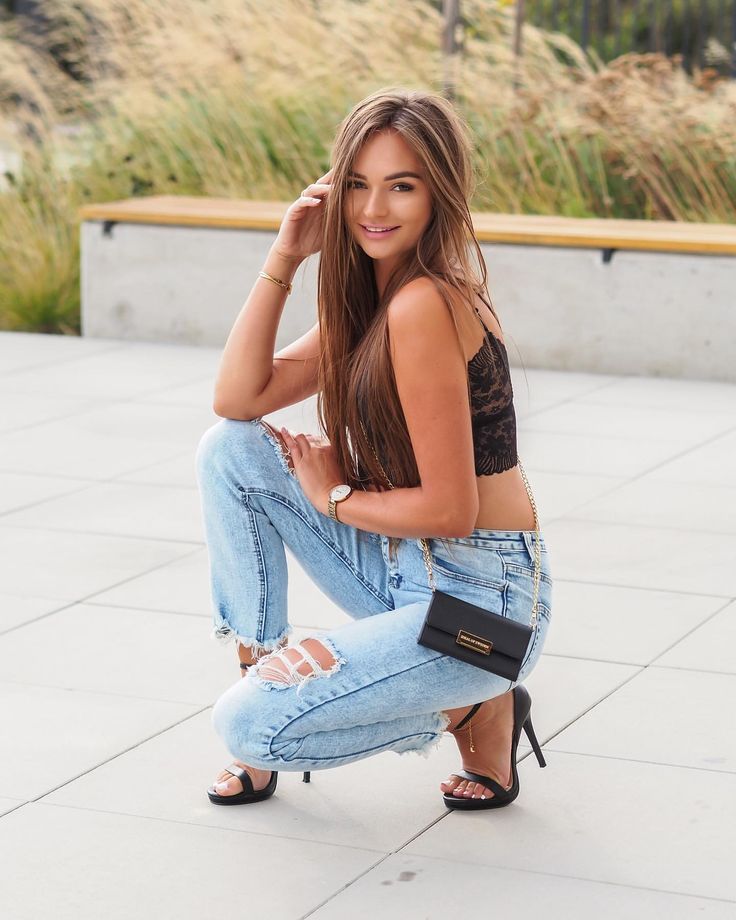

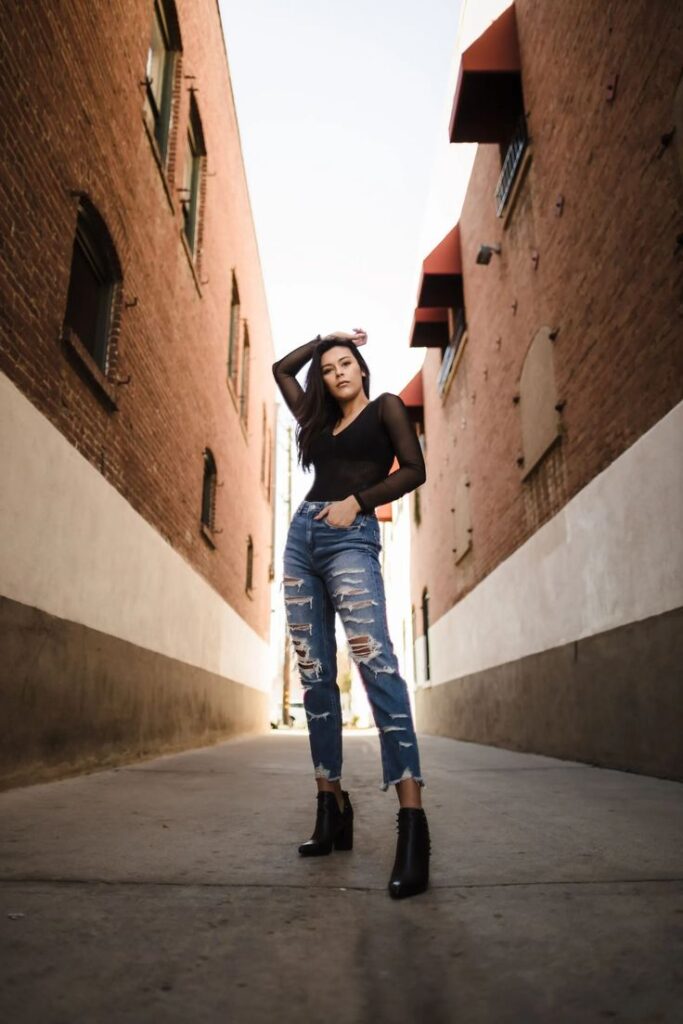
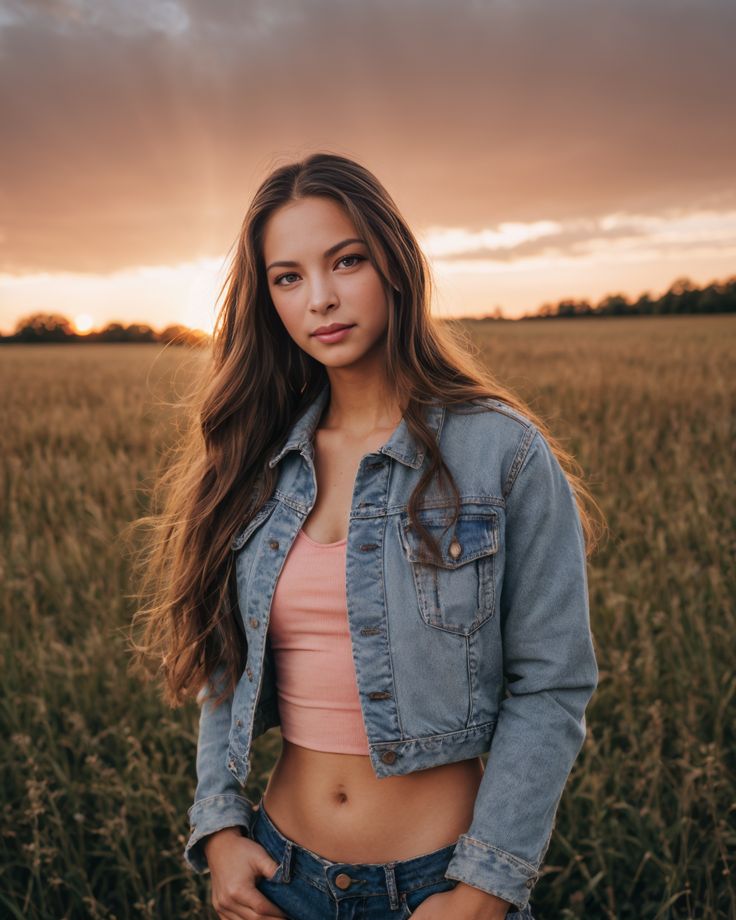
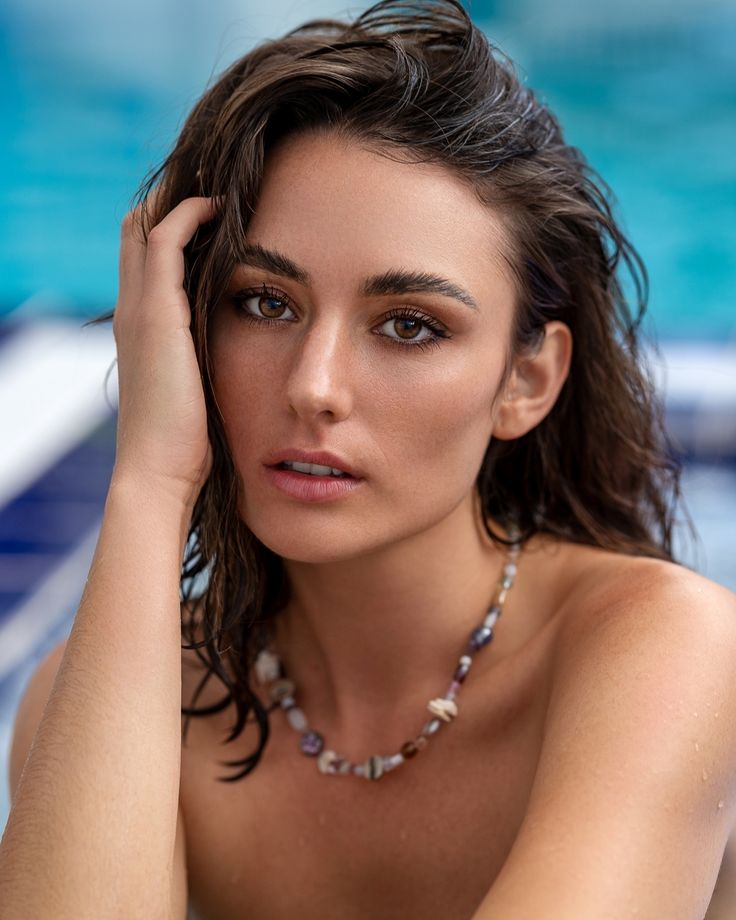
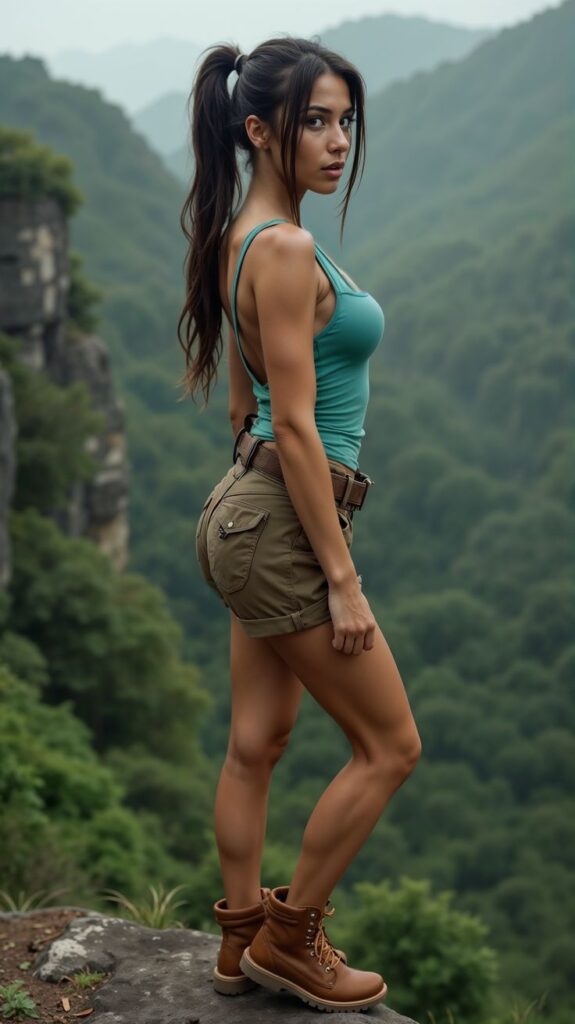


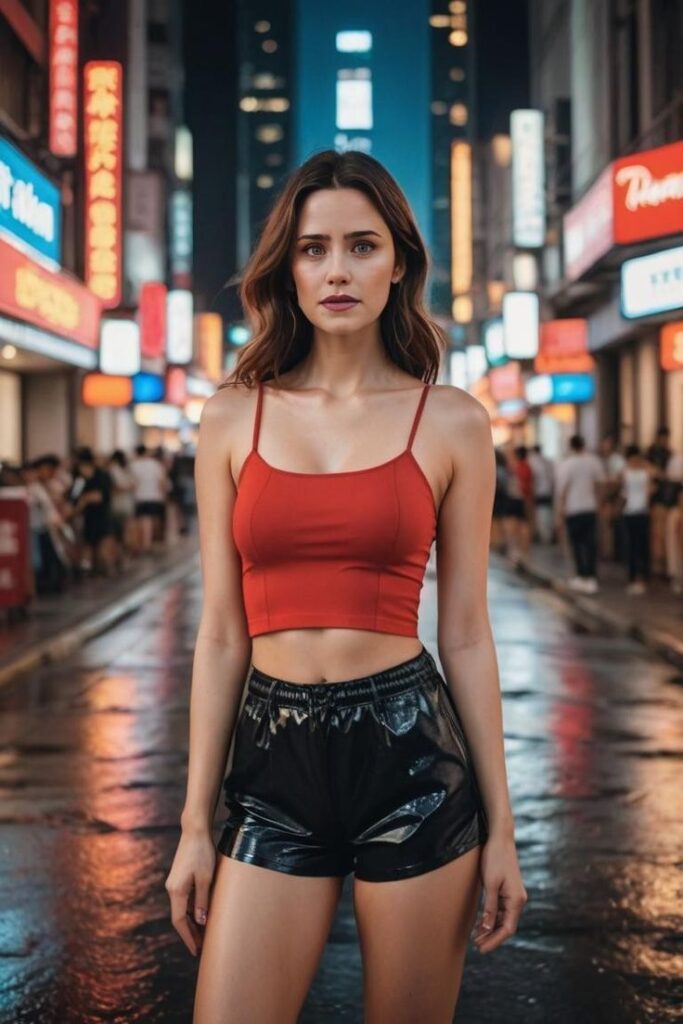


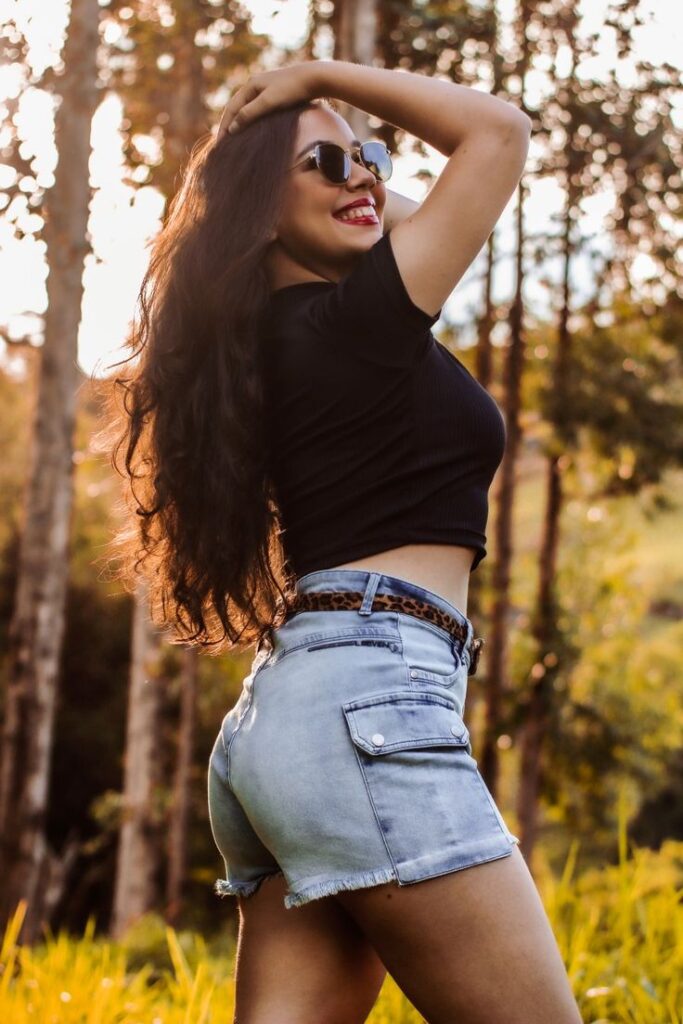
3. Camera Settings and Technical Considerations
Knowing the right settings and techniques is essential for capturing stunning lifestyle portraits.
3.1 Lighting
- Natural Light: Soft, diffused light is ideal for lifestyle photography. Use window light indoors or shoot during the golden hour outdoors.
- Artificial Light: When natural light is limited, use a softbox or reflector to maintain a natural look.
3.2 Aperture and Depth of Field
- Use a wide aperture (e.g., f/1.8 or f/2.8) to blur the background and keep the focus on your subject.
- For group portraits, narrow the aperture slightly (e.g., f/4 or f/5.6) to ensure everyone is in focus.
3.3 Shutter Speed and ISO
- Use a fast shutter speed (1/200 or faster) to freeze movement in candid moments.
- Adjust ISO based on lighting conditions, but aim to keep it low to avoid noise.
4. Capturing Genuine Emotions and Moments
Lifestyle photography thrives on authenticity. Here’s how to encourage natural expressions and interactions.
4.1 Build Rapport
- Spend time talking to your subject before and during the shoot to create a relaxed atmosphere.
- Share compliments and encouragement to boost their confidence.
4.2 Embrace Imperfection
- Don’t interrupt small, imperfect moments—they often carry the most emotion and authenticity.
- Capture spontaneous gestures, laughter, and expressions.
4.3 Be Patient
- Allow the moment to unfold naturally instead of forcing it. Great shots often happen in the in-between moments.
5. Composition Tips for Lifestyle Portraits
Strong composition enhances the storytelling aspect of your portraits.
5.1 Rule of Thirds
Position your subject off-center for a more dynamic and visually engaging shot.
5.2 Leading Lines
Use elements like roads, fences, or furniture to guide the viewer’s eye toward the subject.
5.3 Framing
Incorporate natural frames, such as doorways or windows, to add depth and focus to your composition.
5.4 Negative Space
Allow space around your subject to create a sense of balance and emphasize their environment.
6. Managing Backgrounds and Environments
The setting is as important as the subject in lifestyle photography.
6.1 Keep It Clean
Ensure the background isn’t cluttered or distracting. A tidy environment helps maintain focus on the subject.
6.2 Incorporate Layers
Include foreground and background elements to add depth and context to your image.
6.3 Use the Environment Creatively
Interact with the setting—for example, have the subject lean against a wall, sit on a chair, or walk along a path.
7. Capturing Diversity and Inclusivity in Lifestyle Photography
Inclusive photography celebrates people from all walks of life.
7.1 Representing a Range of Stories
Feature individuals from diverse backgrounds, cultures, and lifestyles.
7.2 Accessibility and Comfort
Ensure the location and activities are accessible to everyone, including those with physical challenges.
7.3 Respect and Consent
Always respect your subject’s preferences and boundaries during the shoot.
8. Post-Processing Techniques for Lifestyle Portraits
Post-processing enhances your photos without detracting from their authenticity.
8.1 Light and Color Adjustments
- Fine-tune exposure, contrast, and white balance to create a natural look.
- Use color grading to match the mood of the story.
8.2 Retouching
- Edit minor blemishes or distractions, but avoid over-editing to maintain realism.
- Enhance details like eyes and skin texture subtly.
8.3 Consistent Editing Style
Develop a cohesive editing style that reflects your brand and keeps your portfolio consistent.
Conclusion: Bringing Stories to Life with Lifestyle Portraits
Lifestyle portrait photography is about more than just taking pictures; it’s about telling authentic stories and capturing the beauty of everyday moments. With thoughtful planning, technical expertise, and a focus on genuine connections, you can create portraits that resonate with your subjects and viewers alike.
Remember, the essence of lifestyle photography lies in celebrating the unique aspects of each individual’s life. Embrace imperfection, stay patient, and enjoy the process of creating meaningful art.

Mobile Photography Hacks: Candid Moments with Your Phone
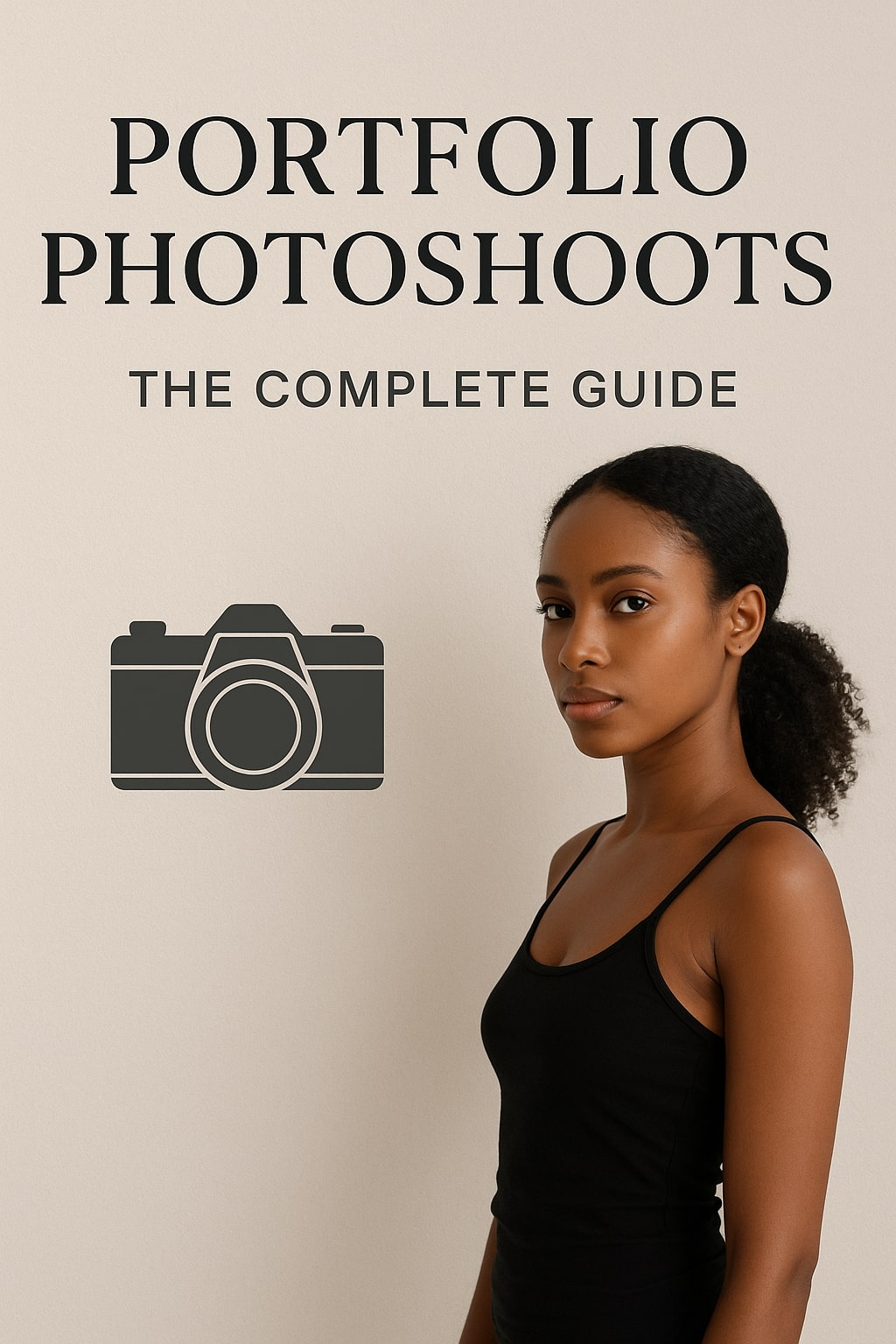
Professional Model & Portfolio Photoshoots: Show Your Best Work
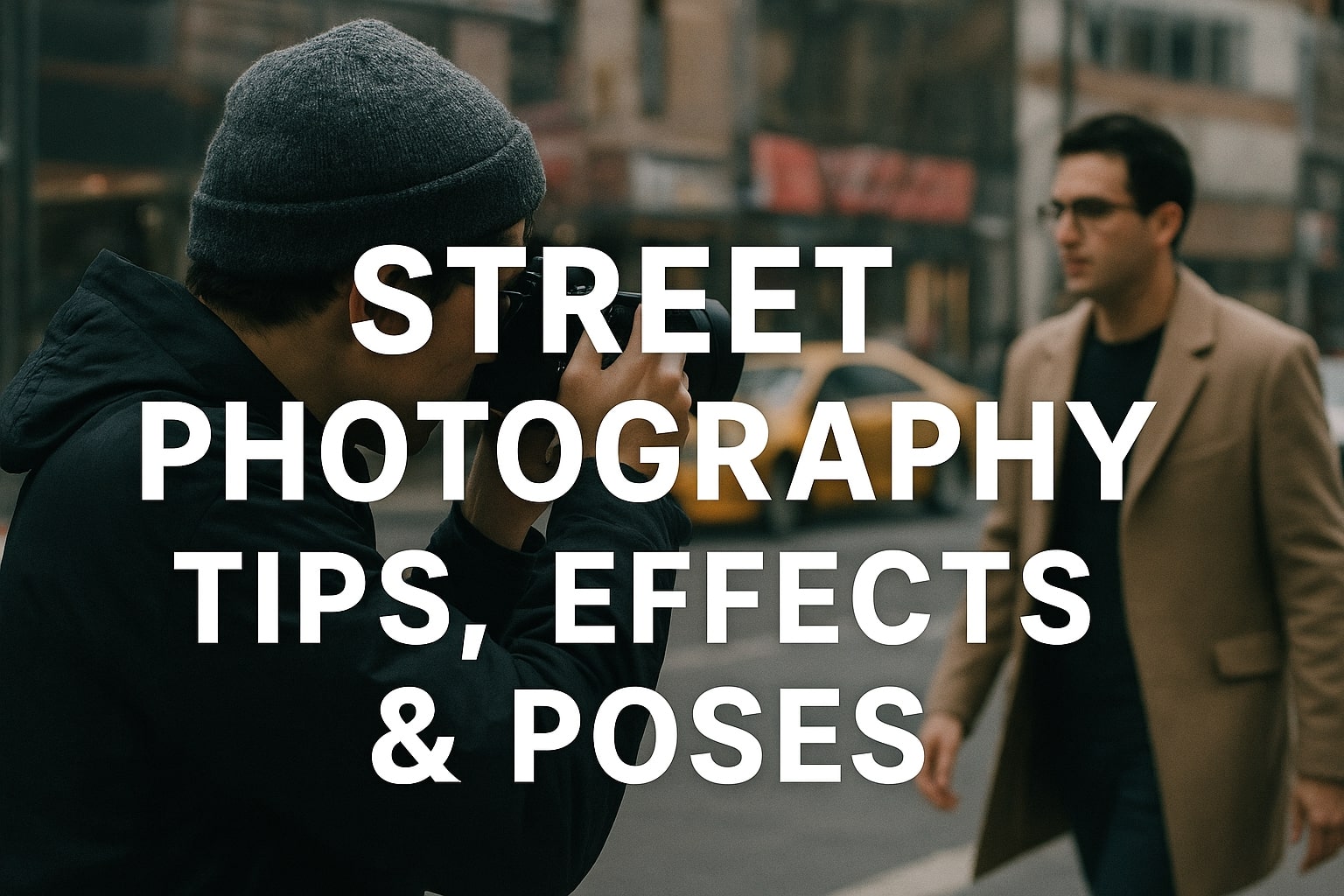
Street Photography Tips, Effects & Poses – Complete Guide

Leica Q2 for Photography: Why It’s Loved by Photographers
Mobile Photography Hacks: Candid Moments with Your Phone
Discover high-impact mobile photography hacks to capture genuine, gorgeous candid moments with your phone. Learn practical tips, composition secrets, and pro techniques to turn everyday scenes into stunning visual stories. Introduction: The New Age...
Professional Model & Portfolio Photoshoots: Show Your Best Work
” Discover how to plan, style, and execute stunning portfolio photoshoots that showcase your skills, personality, and versatility. This comprehensive guide covers professional tips, posing ideas, gear suggestions, and industry insights for models and...
Street Photography Tips, Effects & Poses – Complete Guide
Discover the ultimate guide to Street Photography with expert tips, creative effects, and dynamic poses. Learn how to capture authentic urban moments, master composition, and tell powerful visual stories through your lens. Article Outline...
Leica Q2 for Photography: Why It’s Loved by Photographers
Introduction: The Cult Status of the Leica Q2 The Leica Q2 is not just a camera—it’s a statement. Combining the heritage of German precision engineering with modern digital excellence, it holds a special place...
Top Cameras Under ₹1 Lakh for Freelance Photography
Freelance photography is no longer a niche—it’s a booming creative profession that demands not only vision and hustle but also the right gear. Your camera isn’t just a tool; it’s your storytelling partner. If...
Top Features of Nikon D850 That Make It Ideal for Photoshoots
Explore the top features of the Nikon D850 that make it a powerhouse for photoshoots. From exceptional resolution to dynamic range, this detailed Nikon D850 guide is built for professional and aspiring photographers. 1....

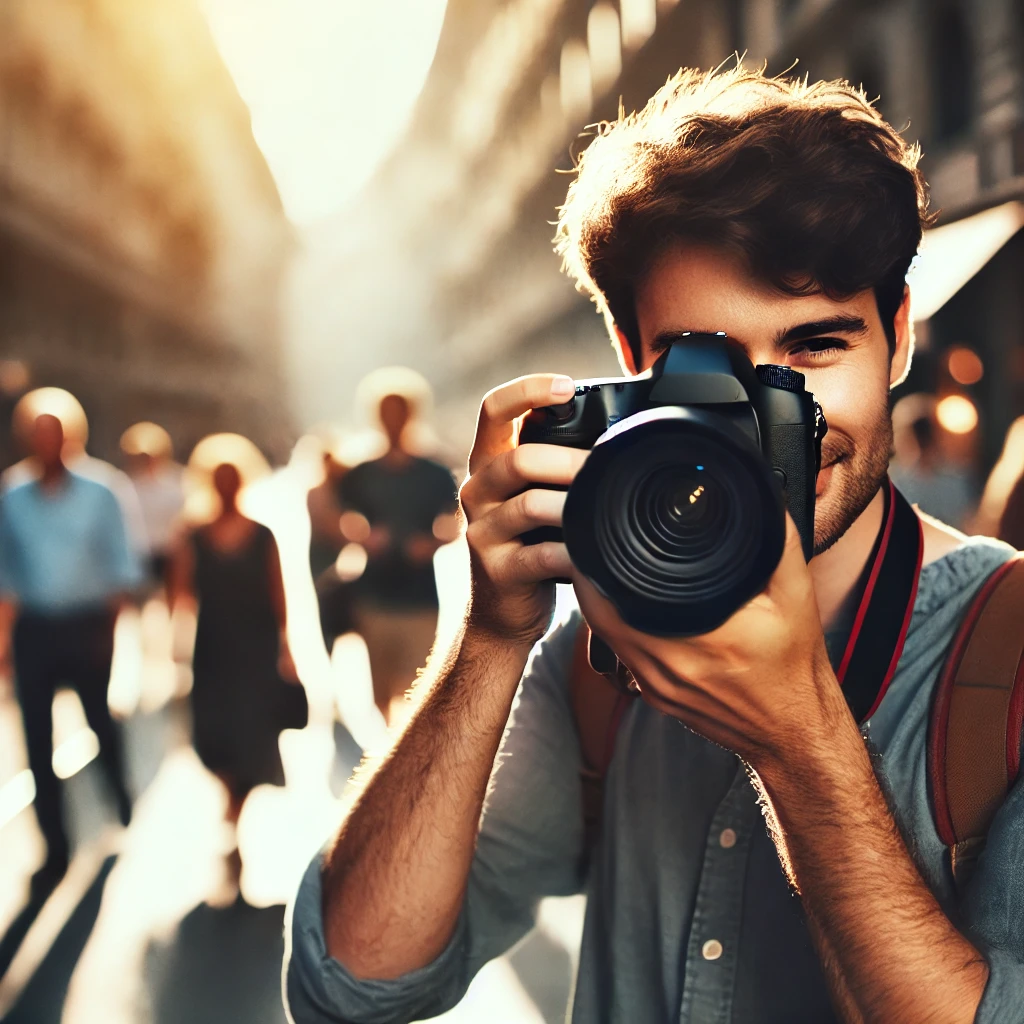
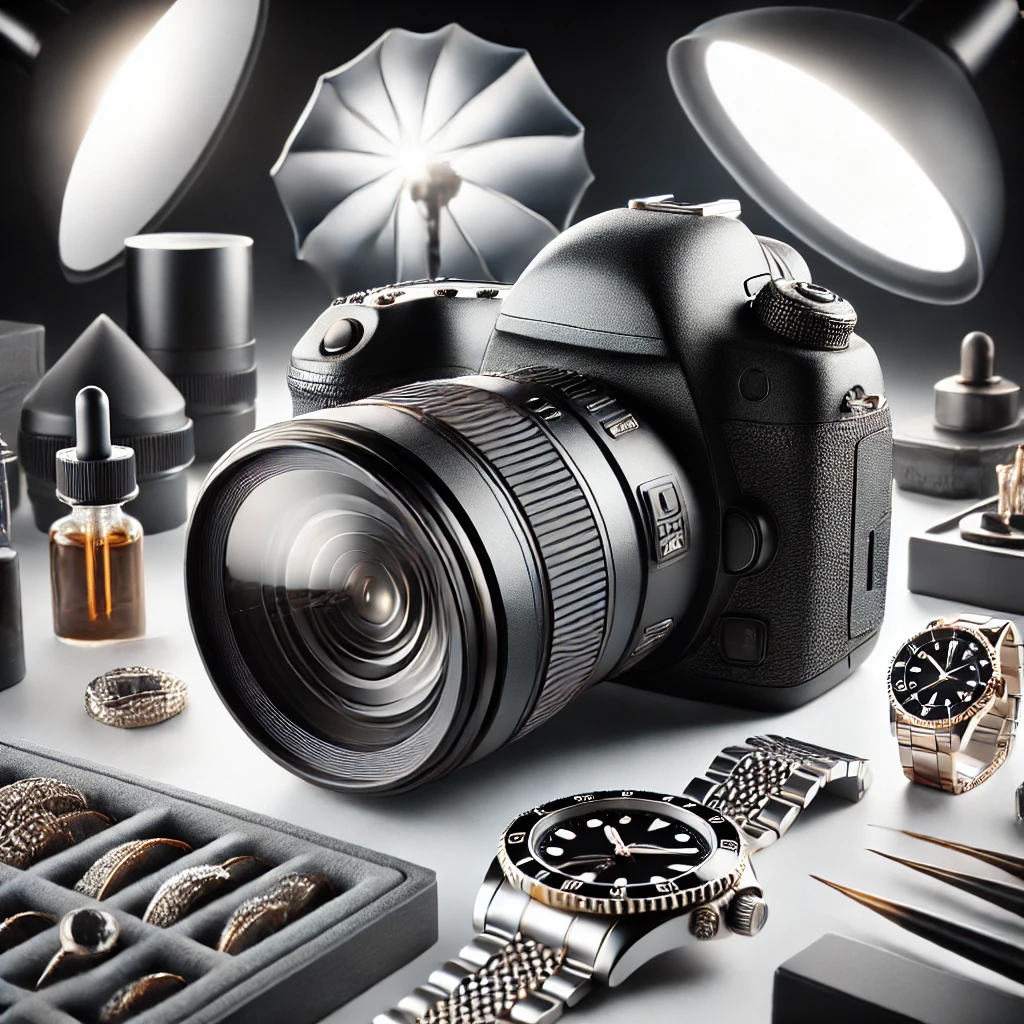

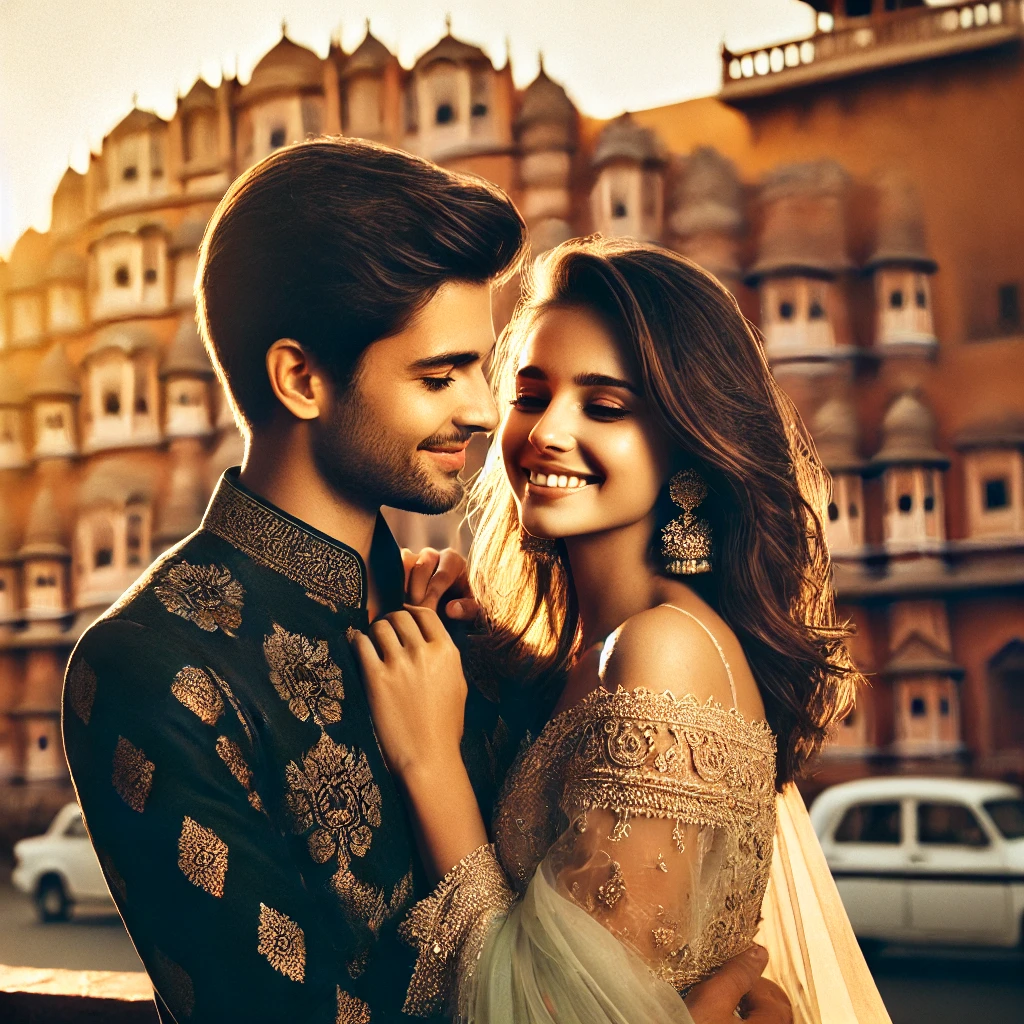
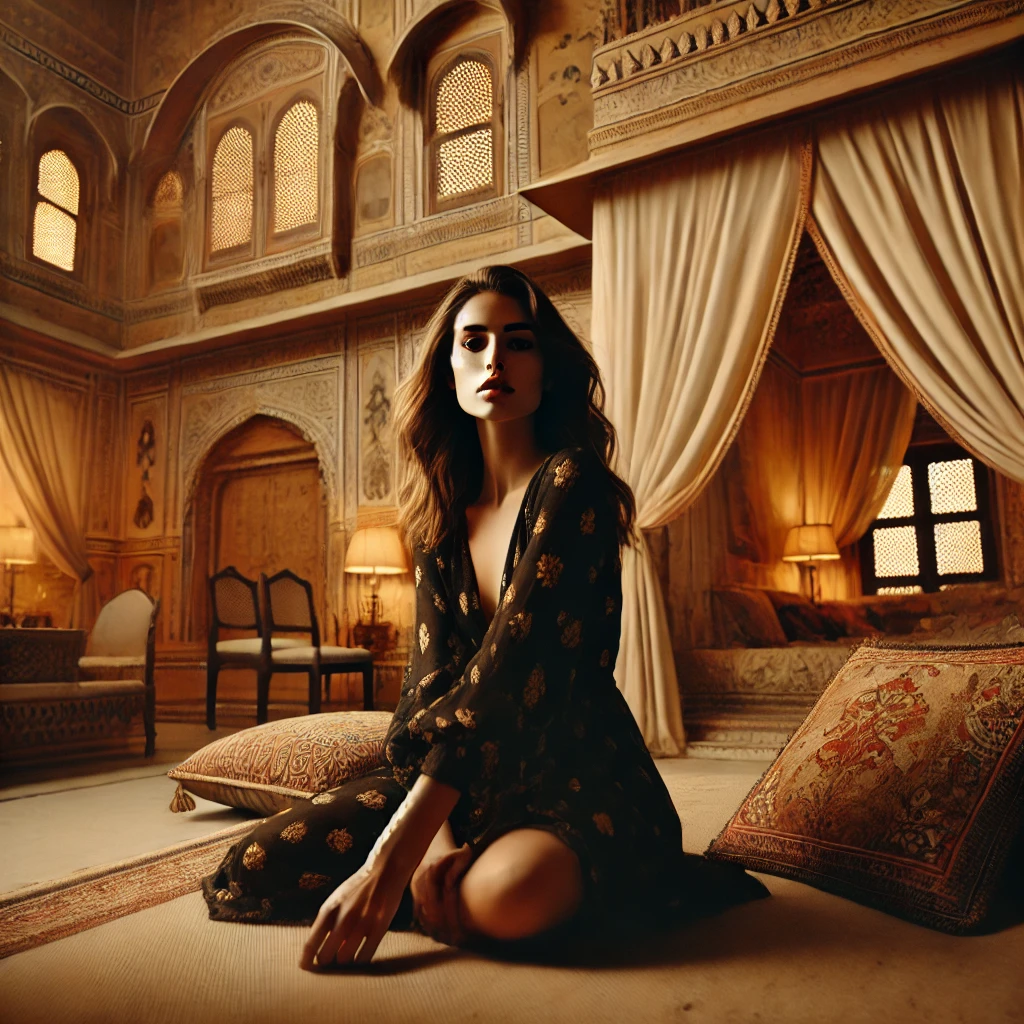







Leave a Reply